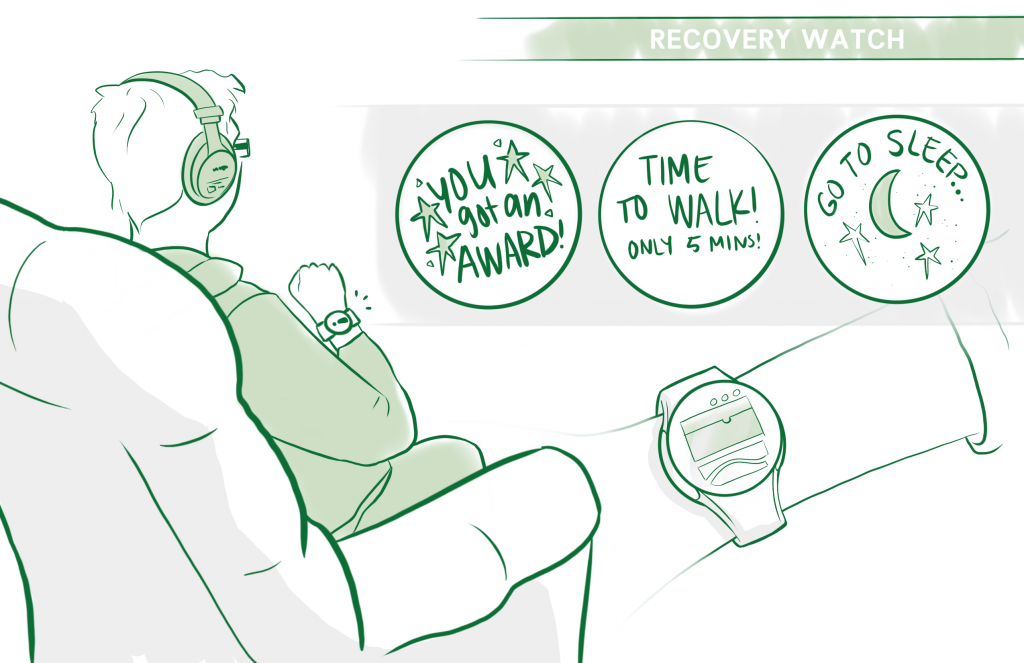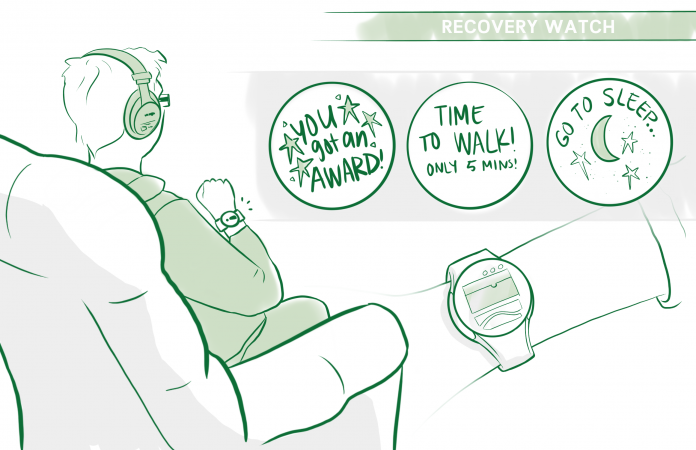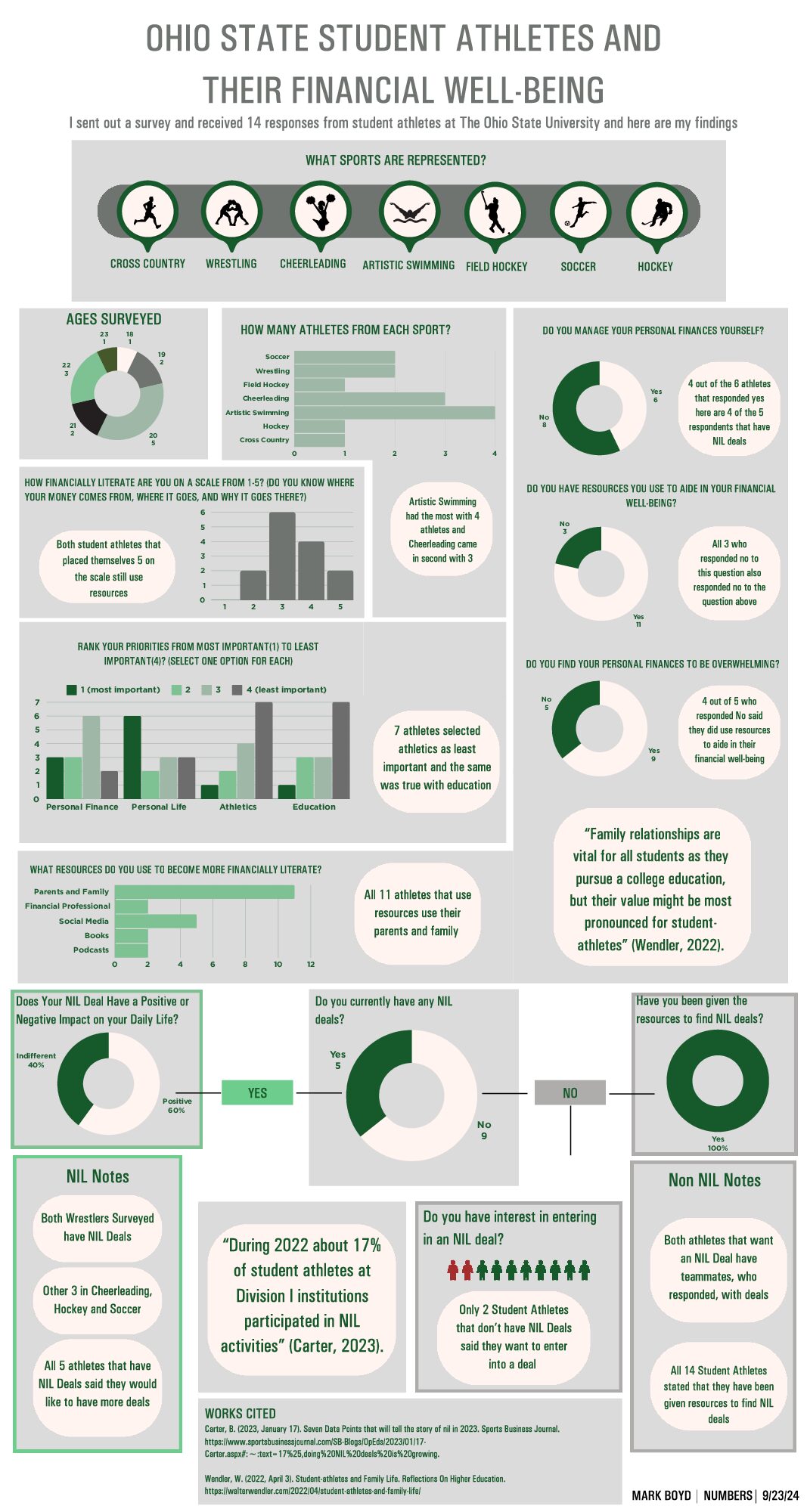
Many patients have already started syncing their smartwatch information with their doctors. It can share heart rates, physical activity, and more with just the click of a button.
With this wearable, patients can keep track of their recovery process and goals all on one watch. It is mainly health and recovery-driven, so patients You can also connect the watch to your phone so you can see even more in-depth details about each type of data.
The watch features daily goals reminders, sleep tracking, a heart rate monitor, physical activity tracker, breathing exercises, daily encouragement, medication tracker, and mental health reminders. Patients can customize goals for the week and see how much they have accomplished as the day goes on. Doctors can then see how often Pectus Excavatum patients have been walking, doing breathing exercises, and chewing gum.
There may also be additional features such as diet tracking and bathroom monitoring. The watch should be waterproof and comfortable enough to wear while you sleep. Alarms can also be set to wake the patient at night so they remember to take medication at the right time. Alerts such as, “Careful, your arms are raised too high!” or, “You aren’t cleared to play sports yet, take a breath,” can remind recovering teens when to pay close attention to their limitations. Encouraging alerts, such as, “Do one more breathing exercise tonight to reach your goal!” can also make patients feel more independent and self-sufficient without their parents reminding them. Teens can also connect with other patients recovering and mutually share progress.
Many of these features are already present in the Apple Watch series or Garmin Watch. However, there is an opportunity to slightly alter such bells and whistles so they can better help recovering patients on a more personal level.
Read more about current shareable monitoring in this article.
View apps which deal with tracking mental health here.




